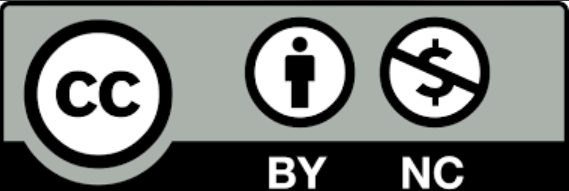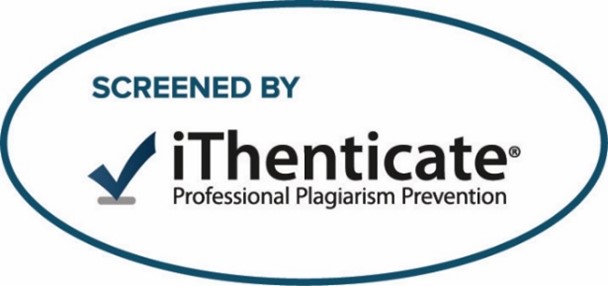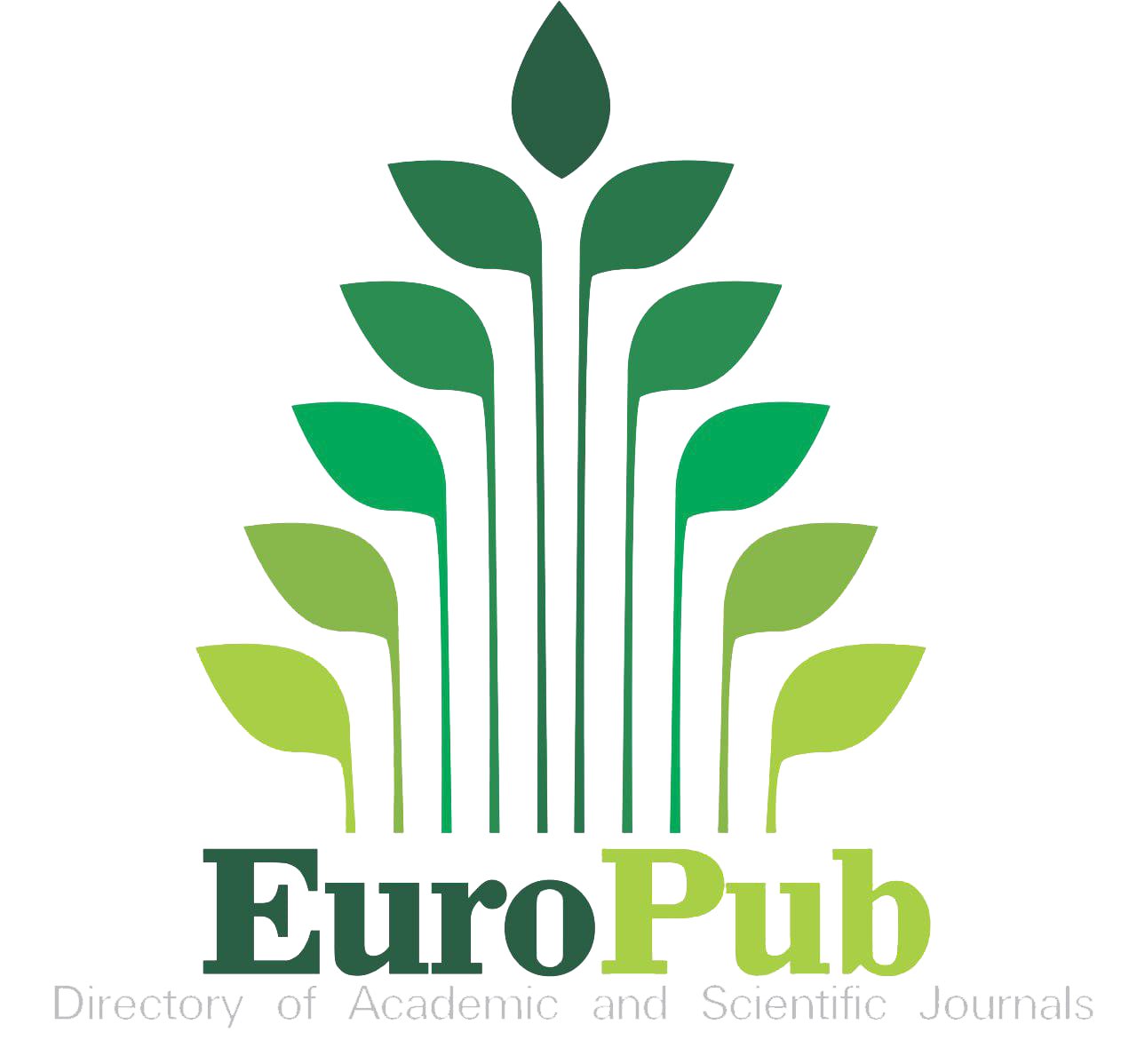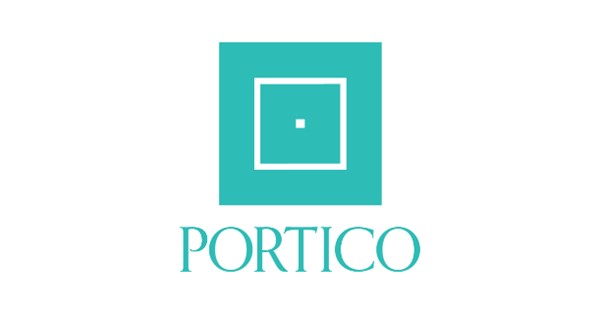Abstract
Numerous approaches, including the utilization of phytochemical substances, have been developed to aid in the healing of diabetic foot wounds. Quercetine (Qr) and Silymarin (SM) are flavonoid components which have antioxidant activity and anti-inflammatory activity properties for burns and wounds healing. Both of them have poor aqueous solubility and permeability. This research aimed to prepare Qr and SM by incorporating with natural oil as nanoemulgel and evaluate its characterizations; since applying medication locally ensures patient compliance by delivering the medicine to the receptor site in an effective concentration at a low dose. The procedure had started by producing eight formulations produced by mixing the drugs with triacetin oil, tween 80 and transcutol P were used as oil, surfactant and co-surfactant, respectively. Then, starting the nanoemulsion evaluation and nanemulgel characterizations after choosing the optimum formula. The optimum formula according to droplet size (30 nm), zeta potential (-15 mV), PDI (0.287), drug content (Qr:99.32% and SM:97.89%), transmittance percent (99.9%), pH (6.1), viscosity (110.02 mPa.s), TEM (transmission electron microscopy; spherical nanosized droplet compatible with particle size analyzer), and in vitro release (around 100%) was F4. The later formula was incorporated into gel using carbopol 940 of 0.5, 1, 1.5 and 2% (N1, N2, N3 and N4, respectively). Formula N3 was the optimized produced nanoemulgel as it had better characteristics than others. In conclusion, Qr and SM were successfully formulated as NE. The optimum formula was formulated as nanoemulgel. The in vitro release showed successfully sustained release of the drugs.
Recommended Citation
Saeed, Ashti M.H.
(2024)
"Formulation and evaluation of flavonoid derivatives’ as topical nano-emulgel to treat the wound healing in diabetic patients,"
Maaen Journal for Medical Sciences: Vol. 3
:
Iss.
3
, Article 5.
Available at: https://doi.org/10.55810/2789-9136.1052
References
References
[1] Talarico L, Consumi M, Leone G, Tamasi G, Magnani A. Solid lipid nanoparticles produced via a coacervation method as promising carriers for controlled release of quercetin. Molecules 2021;26(9):2694.
[2] Gumilar KNB, Yuliani H, Dwiastuti R. Optimization and physical characterization of quercetin nanoemulgel formula as an antibacterial agent. Int J Appl Pharm 2023;15(1):104-10.
[3] Nagi A, Iqbal B, Kumar S, Sharma S, Ali J, Baboota S. Quality by design based silymarin nanoemulsion for enhancement of oral bioavailability. J Drug Deliv Sci Technol 2017;40: 35-44.
[4] Aithal GC, Nayak UY, Mehta C, Narayan R, Gopalkrishna P, Pandiyan S, et al. Localized in situ nanoemulgel drug delivery system of quercetin for periodontitis: development and computational simulations. Molecules 2018;23(6):1363.
[5] Anwer MK, Aldawsari MF, Iqbal M, Almutairy BK, Soliman GA, Aboudzadeh MA. Diosmin-Loaded nanoemulsion- based gel formulation: development, optimization, wound healing and anti-inflammatory studies. Gels 2023; 9(2):95.
[6] Krongrawa W, Limmatvapirat S, Pongnimitprasert N, Meetam P, Limmatvapirat C. Formulation and evaluation of gels containing coconut kernel extract for topical application. Asian J Pharm Sci 2018;13(5):415-24.
[7] Eid AM, Jaradat N, Issa L, Abu-Hasan A, Salah N, Dalal M, et al. Evaluation of anticancer, antimicrobial, and antioxidant activities of rosemary (Rosmarinus Officinalis) essential oil and its Nanoemulgel. Europ J Integ Med 2022;55:102175.
[8] Dhawan S, Nanda S. Implementation of Quality by Design (QbD) concept for the development of emulsion based nanotailored gel for improved antiphotoageing potential of Silymarin. J Drug Deliv Sci Technol 2023;81:104201.
[9] Shukla S, Modi D, Shah D. A review on solid self-nanoemulsifying drug delivery system: an approach for bioavailability enhancement. World J Pharm Pharmaceut Sci 2016;5(5):302-16.
[10] Kumar M, Pathak K, Misra A. Formulation and characterization of nanoemulsion-based drug delivery system of risperidone. Drug Dev Ind Pharm 2009;35(4):387-95.
[11] Mandal S, Jaiswal V, Sagar MK, Kumar S. Formulation and evaluation of Carica papaya nanoemulsion for treatment of dengue and thrombocytopenia. Plant Archives (09725210) 2021;21(1).
[12] Sarker DK. Pharmaceutical emulsions: a drug developer's toolbag. John Wiley & Sons; 2013.
[13] Troncoso E, Aguilera J, McClements D. Development of nanoemulsions by an emulsi fi cation-evaporation technique. 2011. p. 92.
[14] Laxmi M, Bhardwaj A, Mehta S, Mehta A. Development and characterization of nanoemulsion as carrier for the enhancement of bioavailability of artemether. Artif Cell Nanomed Biotechnol 2015;43(5):334-44.
[15] Alaayedi MH, Maraie NK. Lomustine's nanoemulsion as nose-to-brain drug delivery system for CNS tumor treatment. Saudi Pharmaceut J 2023;31(8):101692.
[16] Jampani N, Bonthu R, Reddy B. Formulation and evaluation of Candesartan Cilexetil immediate release tablets. Int Res J Pharm 2012;3(7):271-84.
[17] Nasr AM, Gardouh AR, Ghonaim HM, Ghorab MM. Design, formulation and in-vitro characterization of Irbesartan solid self-nanoemulsifying drug delivery system (S-SNEDDS) prepared using spray drying technique. J Chem Pharmaceut Res 2016;8(2):159-83.
[18] Alaayedi M, Saeed A, Mahmood HS. Improving prochlorperazine profile by formulating the drug as nanoemulsion delivery system. Int J Pharmaceut Res (09752366) 2020:2688. https://doi.org/10.31838/ijpr/2020.SP1.394. ISSN: 0975-2366.
[19] Ankith K, Reddy B, Niranjan B. Design, development and evaluation of novel a nanoemulsion of simvastatin. Int J Adv Pharm 2013;3(2):94-101.
[20] Raavi S, Subramanian S, Vuddisa S. Supersaturated self nanoemulsifying tablets of atorvastatin. World J Pharm Pharmaceut Sci 2014;3(11):1275-86.
[21] Mahmood HS, Alaayedi M, Ghareeb MM, Ali MMM. The enhancement solubility of oral flurbiprofen by using nanoemelsion as drug delivery system. Int J Pharmaceut Res 2020; 12:1612-9.
[22] Batista C, de Queiroz L, Alves ^A, Reis E, Santos F, Castro T, et al. Photoprotection and skin irritation effect of hydrogels containing hydroalcoholic extract of red propolis: a natural pathway against skin cancer. Heliyon 2022;8(2):e08893.
[23] Abdallah MH, Lila ASA, Unissa R, Elsewedy HS, Elghamry HA, Soliman MS. Preparation, characterization and evaluation of anti-inflammatory and anti-nociceptive effects of brucine-loaded nanoemulgel. Colloids Surf B Biointerfaces 2021;205:111868.
[24] Fong Yen W, Basri M, Ahmad M, Ismail M. Formulation and evaluation of galantamine gel as drug reservoir in transdermal patch delivery system. Sci World J 2015;2015.
[25] Opatha SAT, Titapiwatanakun V, Boonpisutiinant K, Chutoprapat R. Preparation, characterization and permeation study of topical gel loaded with transfersomes containing asiatic acid. Molecules 2022;27(15):4865.
[26] Puppala RK, Lakshmi V. Optimization and solubilization study of nanoemulsion budesonide and constructing pseudoternary phase diagram. Asian J Pharmaceut Clin Res 2019; 12(1):551-3.
[27] Hasani F, Pezeshki A, Hamishehkar H. Effect of surfactant and oil type on size droplets of betacarotene-bearing nanoemulsions. Int J Curr Microbiol App Sci. 2015;4(9): 146-55.
[28] Sarheed O, Dibi M, Ramesh KV. Studies on the effect of oil and surfactant on the formation of alginate-based O/W lidocaine nanocarriers using nanoemulsion template. Pharmaceutics 2020;12(12):1223.
[29] Alhamdany AT, Saeed AM, Alaayedi M. Nanoemulsion and solid nanoemulsion for improving oral delivery of a breast cancer drug: formulation, evaluation, and a comparison study. Saudi Pharmaceut J 2021;29(11):1278-88.
[30] Iskandar B, Mei H-C, Liu T-W, Lin H-M, Lee C-K. Evaluating the effects of surfactant types on the properties and stability of oil-in-water Rhodiola rosea nanoemulsion. Colloids Surf B Biointerfaces 2024;234:113692.
[31] Al Gawhari FJ. Factors affecting on in vitro release of miconazole from in situ ocular gel. J Adv Pharm Technol Res 2023;14(4):294-8. https://doi.org/10.4103/japtr.japtr_91_23.

















Indexed in: